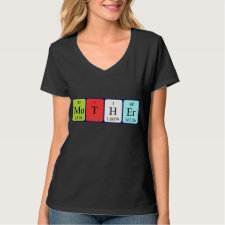
Authors: Pandey I, Jha SS
Article Title: Molecularly imprinted polyaniline-ferrocene-sulfonic acid-Carbon dots modified pencil graphite electrodes for chiral selective sensing of D-Ascorbic acid and L-Ascorbic acid: A clinical biomarker for preeclampsia.
Publication date: 2015
Journal: Electrochimica Acta
Volume: 182
Page numbers: 917-928.
DOI: 10.1016/j.electacta.2015.10.005
Alternative URL: http://www.sciencedirect.com/science/article/pii/S0013468615305855
Abstract: A simple and novel method is proposed for chiral separation of L-ascorbic acid and D-ascorbic acid in human cerebrospinal fluids and blood plasma samples. Electro-polymerized molecularly imprinted poly-aniline ferrocenesulfonic acid-C-dots modified pencil graphite electrodes was successfully applied for separation and quantification of D-/L-ascorbic acid in aqueous and some biological samples. Parameters, important to control the performance of the electrochemical sensor were investigated and optimized, including the effects of pH, monomer- template ratios, electropolymerization cycles and scan rates. The molecularly imprinted film exhibited a high chiral selectivity and sensitivity towards D-ascorbic acid and L-ascorbic acid respectively. The surface morphologies and electrochemical properties of the proposed sensor were characterized by scanning electron microscopy, cyclic voltammetry, difference pulse voltammetry, chrono-amperometry and electrochemical impedance spectroscopy. L-ascorbic acid selective sensor shows excellent selectivity towards the L-ascorbic acid in comparison to D- ascorbic acid vice versa for D- ascorbic acid selective sensor. Under optimal conditions the linear range of the calibration curve for L- ascorbic acid and D- ascorbic acid was 6.0-165.0 nM and 6.0-155.0 nM, with the detection limit of 0.001 nM and 0.002 nM. Chiral detection of L-ascorbic acid was successfully carried out in pharmaceuticals and human plasma samples (pregnant women and non pregnant women) via proposed sensor with good selectivity and sensitivity
Template and target information: ascorbic acid, vitamin C
Author keywords: D-, L-ascorbic acid, electropolymerization, C-dots, Doping-dedoping, poly(aniline-ferrocenesulfonic acid)



Join the Society for Molecular Imprinting

New items RSS feed
Sign-up for e-mail updates:
Choose between receiving an occasional newsletter or more frequent e-mail alerts.
Click here to go to the sign-up page.
Is your name elemental or peptidic? Enter your name and find out by clicking either of the buttons below!
Other products you may like:
 MIPdatabase
MIPdatabase









